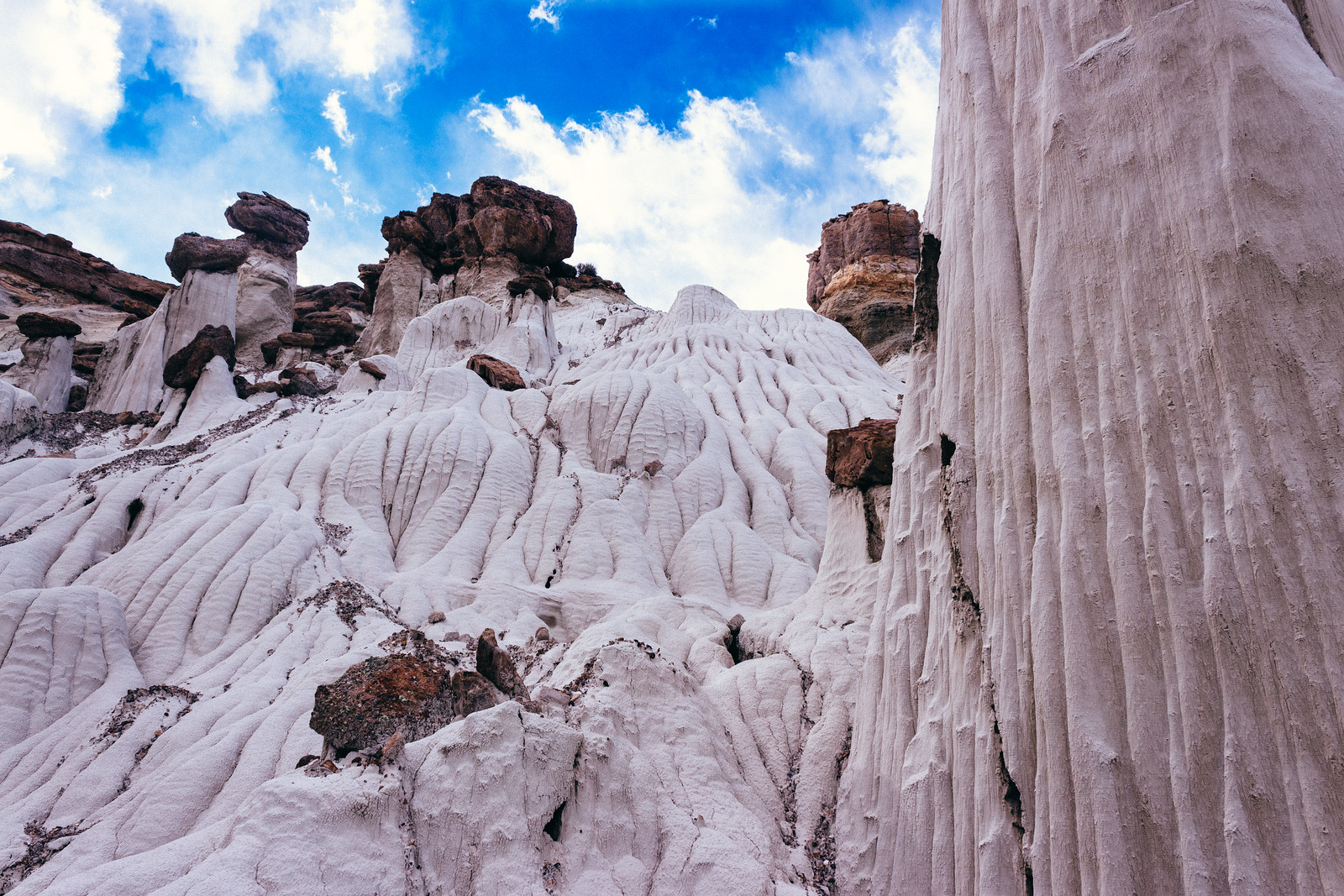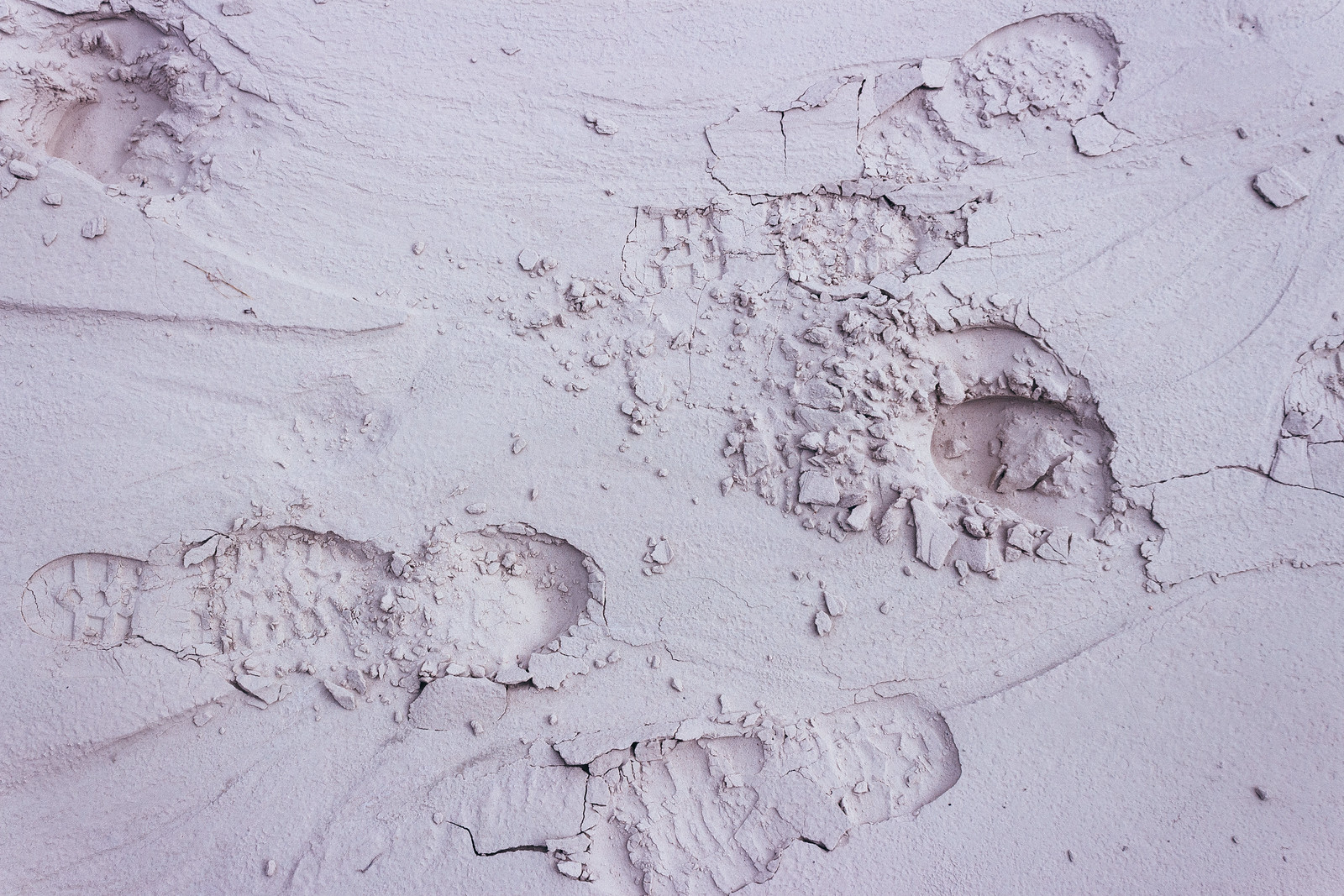Wild open spaces have been important to me ever since I was a little kid. During recess or Field Day in middle school, my classmates and I would often hang out in the creek behind the school building on former farmland in the exurbs north of
Dallas.
We built little shelters out of dried brush plants, blazed trails, and even explored the riparian ecosystem on a greenbelt north of the property. All this unstructured time was a formative experience for me because it gave me freedom to play, imagine, and breathe.
Experiences like this are why I keep going back to the wilderness as an adult and why I did a day-hike in the fantastic landscapes northwest of Lake Powell over last Veterans Day weekend.
Five reasons why wilderness is important
- It’s undeveloped and untouched by industry. In contrast to National Parks, state parks, or even city parks, federal wilderness areas by their very nature lack developed facilities and remain off-limits to extractive industries (e.g., mining, logging, ranching, etc.). Without interpretive visitor centers, bathrooms, campgrounds, or picnic tables, it’s just you, some critters, and the Earth. When all the trappings of civilization are swept away, you’re able to finally appreciate all the creatures, processes, and interconnections of the natural world. Wilderness areas leave nature alone to simply…be.
- It can be scary. Many of us spend most of our days in climate-controlled buildings a short drive or bus ride away from food, drinking water, and medical care. Our homes might not be in danger from earthquakes, flooding, hurricanes, volcanoes, or wildfires. But in the wilderness, it’s just you and the planet, where nature isn’t exactly out to get you, but it’s not your friend, either. You could run out of water, break your leg, get bitten by a snake, or lose your tent. Spending time in the wilderness reminds us that we’re really just visitors on this planet who won’t ever fully control the forces of nature.
- It guards some amazing settings. Wildernesses safeguard some of the most stunning scenery in the country, from mountain vistas to cozy canyons and everywhere in between. Sure, National Parks protect and promote some of the most awe-inspiring places in the world, but certainly not all of them! Designation as a wilderness area encourages low-impact visitation to high-impact sights that you will marvel at, take pictures of, and soak all up.
- It takes you away from all the noise. Motorized travel is prohibited in wilderness areas. This means no trucks, ATVs, or motorbikes—not even Priuses or bicycles! Because federally designated areas are often in isolated stretches of the country, you’ll rarely ever hear airplanes overhead, nor will your cellphone be able to take
robocalls calls. Do I even need to mention you won’t have to deal with the din of traffic, buses, loud music, or construction? Being in the wilderness creates time and space to refresh and recharge, which is especially important for those of us who are introverted.
- It’s hard to get to. Rugged terrain, the lack of roads, and far-flung locations all put up barriers to entry for wilderness lands. Whereas National Parks feature asphalt-paved roads, parking lots, and walking trails, to get to the treasures that the wilderness holds, you’re left to your own two feet. The vast majority of folks who might otherwise explore the wilderness are turned away by the effort you have to put in to visit. That, combined with all the time you have to spend on your feet, creates space for solitude, introspection, and relaxation, all precious commodities in our go-go-go world.
The changing status of U.S. public lands
I did a day-hike into the wilderness on a recent camping trip at Lake Powell, heading up Wahweap Creek in far-southern Utah to see some otherworldly hoodoos in
Wahweap Wilderness Study Area. I’m reluctant to talk about this destination online because of the attention I might bring to the area, specifically, the damage that
over-tourism could inflict.
But the status of public lands in this country is currently in flux. The Wahweap Hoodoos fall within the original boundaries of southern Utah’s
Grand Staircase–Escalante National Monument. But Trump cut this monument’s size in half in 2017 and decimated nearby Bears Ears National Monument. Yet earlier this year, Congress overwhelmingly passed the
John D. Dingell, Jr. Conservation, Management, and Recreation Act that strengthened conservation and protection of public lands while also declaring new national monuments and setting aside more land as wilderness.
Wahweap Creek—a tributary to the Colorado River that drains into Lake Powell—was not included in the recent public lands package that converted hundreds of thousands of acres of Wilderness Study Areas into full-fledged wildernesses. While a WSA is treated as a
de facto wilderness by the Bureau of Land Management, U.S. Forest Service, or other agencies, this status can be removed at any time by Congress.
Because of all this, I think it’s important to blog about these hoodoos despite the risk that added attention could bring. I don’t put precise geolocations on my Instagram photos anymore, for example, because it could encourage others to visit the same locations—and stress the ecosystem, endanger rock formations, or encourage social-media antics (e.g., “doing it for the ’Gram”).
But shedding light on these fantastic geological oddities encourages people to value them for what they are—fragile rock formations that stand in a delicate desert environment—and encourages them to advocate for their protection.
A long but satisfying dayhike
These hoodoos aren’t exactly a secret; I first learned about them while browsing
Atlas Obscura’s map of curious places around the world and
they appear on the cover of a prominent guide used by hikers in the region. But compared to the nearby
Toadstool Hoodoos that you can get to by pulling off the side of the highway and walking 20 minutes, these guys put up much more of a challenge.
First off, I stopped at the Bureau of Land Management’s Big Water Visitor Center on the south side of highway 89 to get a paper map, check in, and swipe through an iPad with photos of the trail itself.
After passing by a fishery in Big Water, it was fairly easy to find a place to park on the side of the dirt road just before Wahweap Creek. My little Corolla couldn’t cross the mud and running water, but other folks in 4Runners or trucks had forded the creek, parking a little closer to the trailhead. A 15-minute stroll took me from my car to the fence that demarcates the wilderness, where I lifted up some metal loops on a gate to release it, squeezed through, and closed it behind me.
The hike was fairly easy to follow with minimal routefinding required; I simply followed footsteps others had left and headed upstream through the creek bed. I can imagine the creek would be running heavily during the summer monsoon, but there was little water flowing and only small patches of mud here and there when I visited in mid-November.
This time of year was dry and sunny, but not warm by any stretch. Hiking in driving cold wind for two hours, each direction, meant I needed long underwear layers beneath my jeans and jackets, plus a warm beanie for my ears.
But they were two fabulous hours: fabulous, because I finally got away from all the noise of city life. The Colorado Plateau is precious because there are so many remote places—so many wildernesses—where you can finally enjoy some silence: no buses, no motorcycles, no trucks, no planes.
But you can go walk in the fields in rural Texas and enjoy silence as well. What makes southern Utah different is the fragile desert ecosystems you get to coexist with and the amazing rock formations like the Wahweap Hoodoos you’ll run into along the way.
Why hoodoos are special
Hoodoos highlight geologic time. Tiny shards of younger rock layers balance perilously on top of older, softer rock layers, giving you a peek into the sheer millions of years of our Earth’s history. Hoodoos not only show off all that has been deposited and built up over time, but they also reveal the more recent geological forces that have continued to weather away again at rock strata—forces that have revealed crazy shapes and towers.
Hoodoos play with your imagination. Grown-Ups™ don’t always let ourselves daydream, look for shapes in the clouds, or embrace the whimsical in our day-to-day lives. It’s hard to resist the playfulness of hoodoos, though, as they force you to imagine dinosaurs, elephants, castles, or witches from fantasy worlds hiding out in the shadows and shapes of these fanciful rock towers.
They’re just plain cool! Encountering a rare collection of hoodoos makes you feel like you’re leafing through one of Dr. Seuss’s illustrated books, landing on a Star Wars planet, or exploring a video game world. Munching on a sandwich in the shadow of a towering spire, bathed as it was in the dried lavender mud from a previous rainstorm, I felt transported to the landscapes of Mars, one of Jupiter’s moons, or Pluto.
Hoodoos are something so totally out of the ordinary that they shock you into remembering that you’re living on
this ball of rock spinning around
this star in
this magnificent, spiral galaxy. Often we dream about what alien worlds might be like, but we forget we have eerie, spooky landscapes in our own backyards.
How to get there
You can find two primitive parking lots on either side of Wahweap Creek right outside of Big Water, Utah, a 20-minute drive from Page, Arizona, on U.S. Highway 89. Parking and admission is free. Make sure to bring plenty of water, sunscreen, and a hat, as there is no shade on this trail, or multiple layers in the winter. You’ll reach the hoodoos about four miles upstream on the western cliffs to your left. Try to stick to already blazed trails, as the ground is held together with
a cryptobiotic soil crust that takes decades to recover from every footstep.








